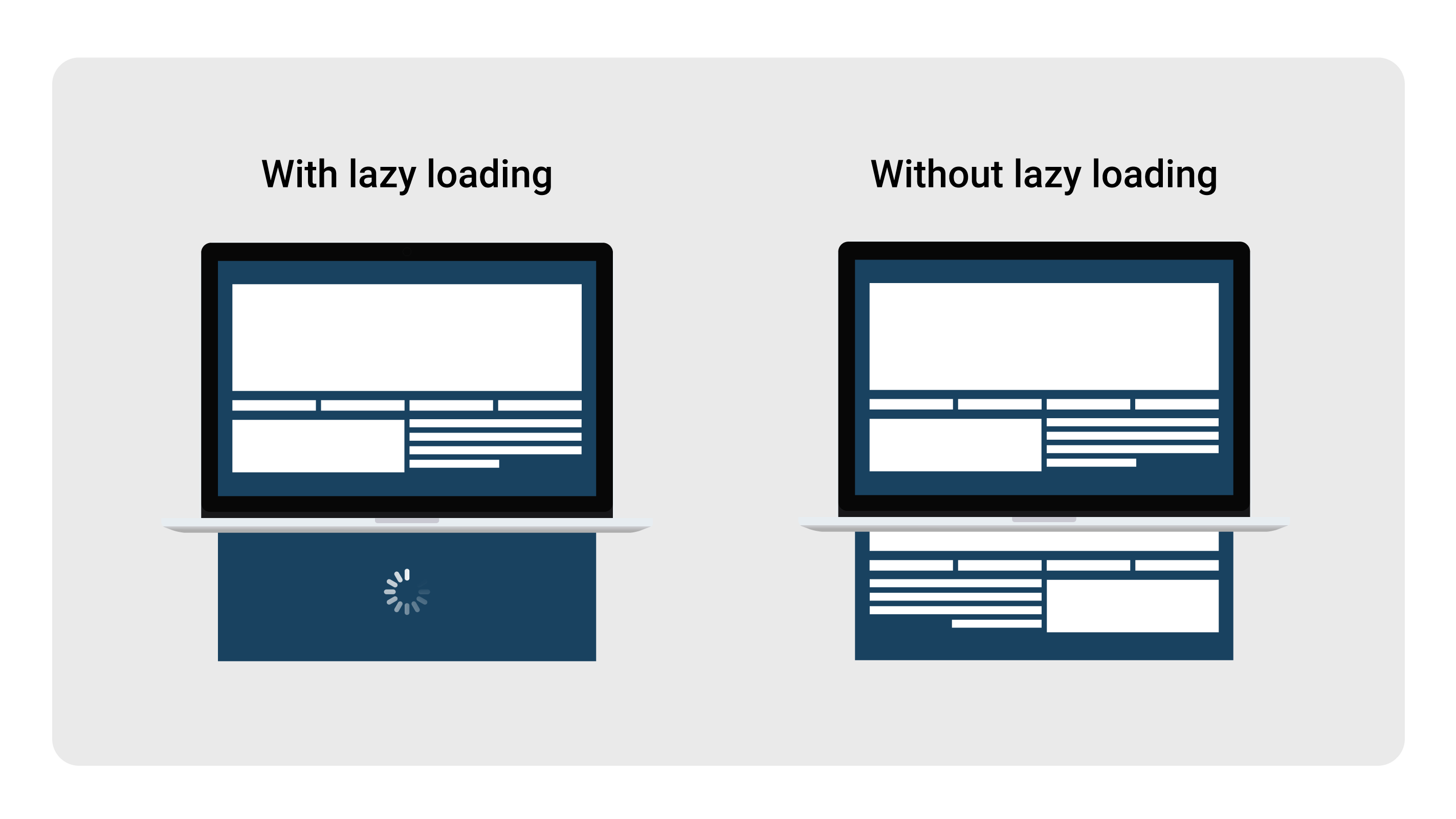A webpage downloads and renders its ads as soon as a user opens a new page. This will allow the browser to cache the whole webpage. But, there’s no guarantee that the user will actually view all the downloaded ads. You shouldn’t bulk load all the ads once a user opens a new page. Configure your page so that the ads load as the user accesses specific parts of the page that need it.
Lazy loading is when the ads load as needed while a user scrolls down on a webpage. When an ad slot becomes a certain number of pixels from the bottom of the viewport, it triggers the auction. It initiates the process of filling the ad impressions with header bidding. By the time the requests go out, the ad is in the viewport. The latency reduces for the ad to fill. This results in the publisher receiving the highest CPM due to viewability. Also, the ad is in the viewport longer, so advertisers are happy.

Why is lazy loading important to publishers?
Lazy loading is important to publishers for the following reasons:
- Better user experience – The browser doesn’t need to load the website’s content and ads all at once. The initial page can load more quickly and users can start reading/interacting with page faster.
- Advertiser (Facebook and Google) preference – Advertisers prefer long-form content over paginated content or galleries because it performs better. Users report higher online visibility, more social sharing, and better link building. As a result of this, many advertisers like buying ads on long-form content since the content performs well.
- Increased chances of approval with advertising/demand sources –Advertising/demand sources manually check publishers’ page(s) for the look and/or quality of content and user experience. Lazy loading increases your chances of partnering with good advertising/demand sources.
What are the benefits to publishers?
The benefits of lazy loading ads include:
- Reduces initial load time – Lazy loading reduces page weight (overall size of a web page including HTML documents, style sheets, images, media, etc.) allowing for quicker load time.
- Raises page viewability – An ad loads when the browser approaches the user’s viewport, meaning that your ads are going to have higher viewability.
- Increases ad revenue – Higher viewability results in higher CPMs which result in increased ad revenue.
Should publishers lazy load content and images too?
Short answer: no. The best practice is to only lazy load ads because Google and other internet browsers scrape your page for SEO. If there is only a small amount of content on the initial page, you’ll see low SEO and overall website scoring. To be on the safe side, you could lazy load images (high quality), but never text.
If you want to learn more about lazy loading or find ways to maximize your ad revenue, contact success@sortable.com. If you aren’t a Sortable customer but want to learn how Sortable’s solution stacks up against the competition, request a demo today and start on your path to earning more.